本文
クルーズ振興・port_information Port of Mitajiri-Nakanoseki
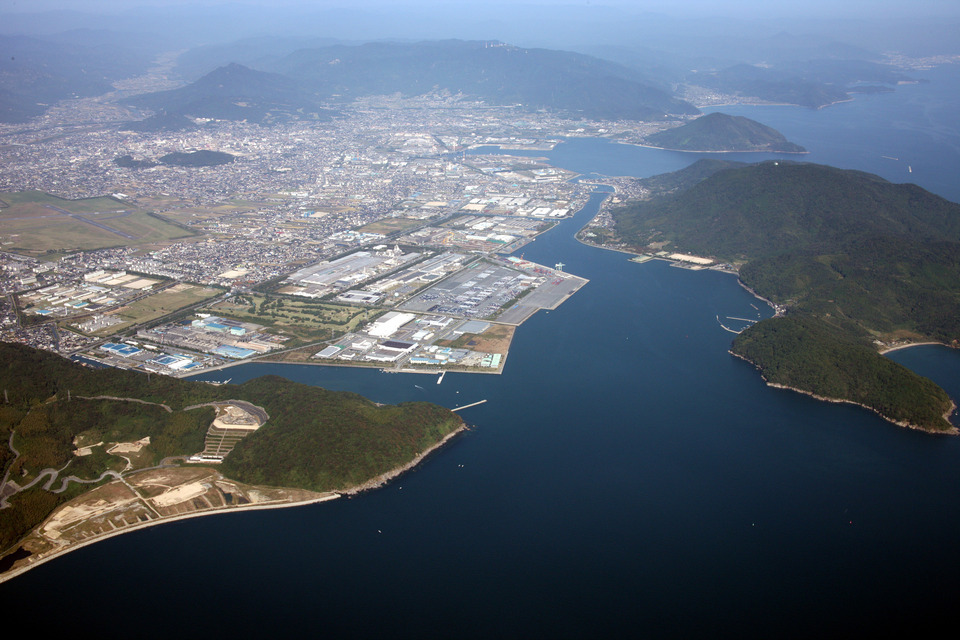
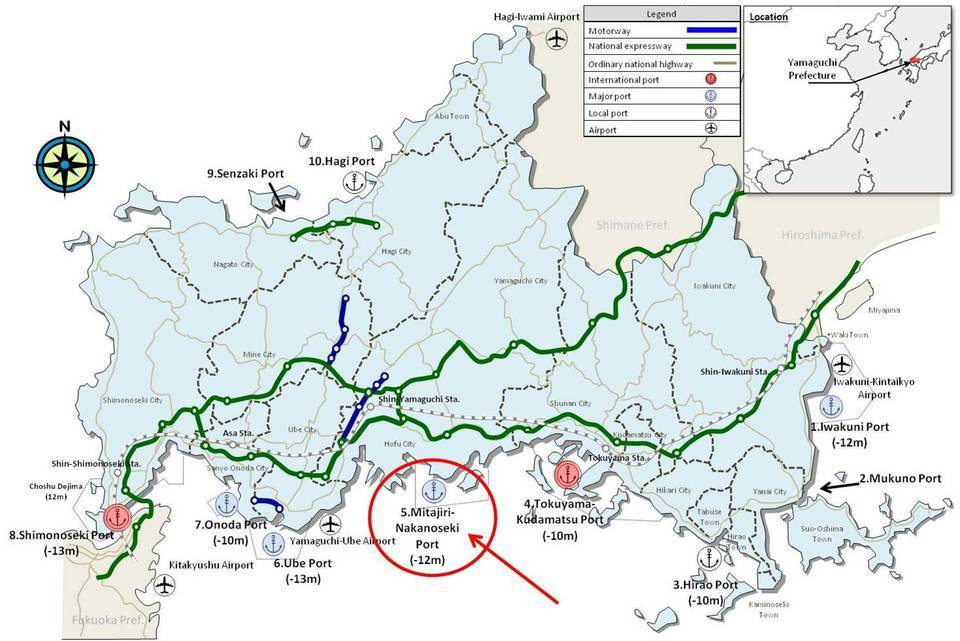
The port of Mitajirinakanoseki is located in the middle of the coast of the Seto Inland Sea in Yamaguchi Prefecture with Mitajiri Plain laying behind and surrounded by the Edomari Peninsula and Mukoshima Island. The port forms a natural harbor convenient for berthing and is a key spot for maritime traffic. Nakanoseki No. 3 is mainly used for the export of finished vehicles, which are loaded on large PCC (pure car carrier) vessels and delivered all over the world including North America, Europe, and Australia.
Overview of Port Facilities
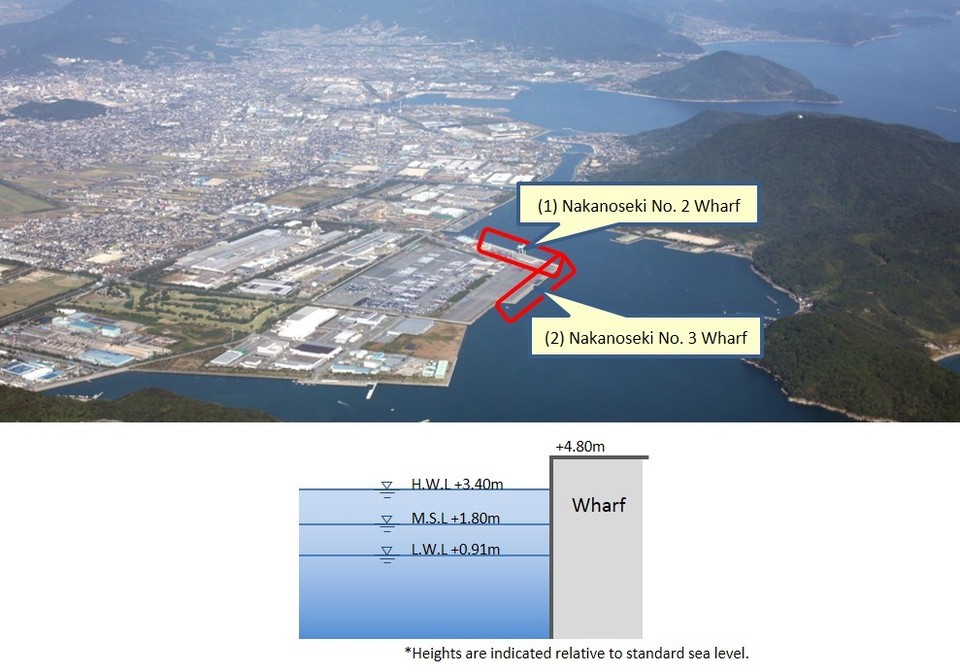

Port Area Information
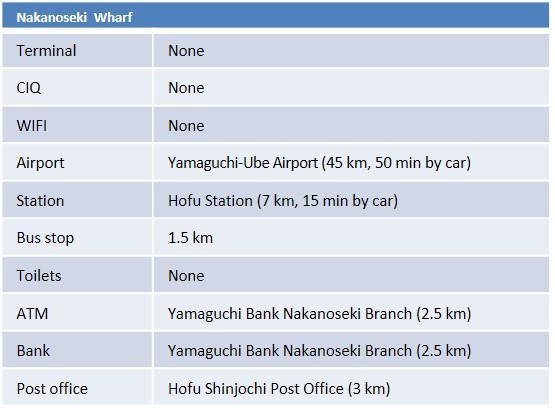
Port Area Tourist Information
Main Attractions
Hofu Tenmangu Shrine
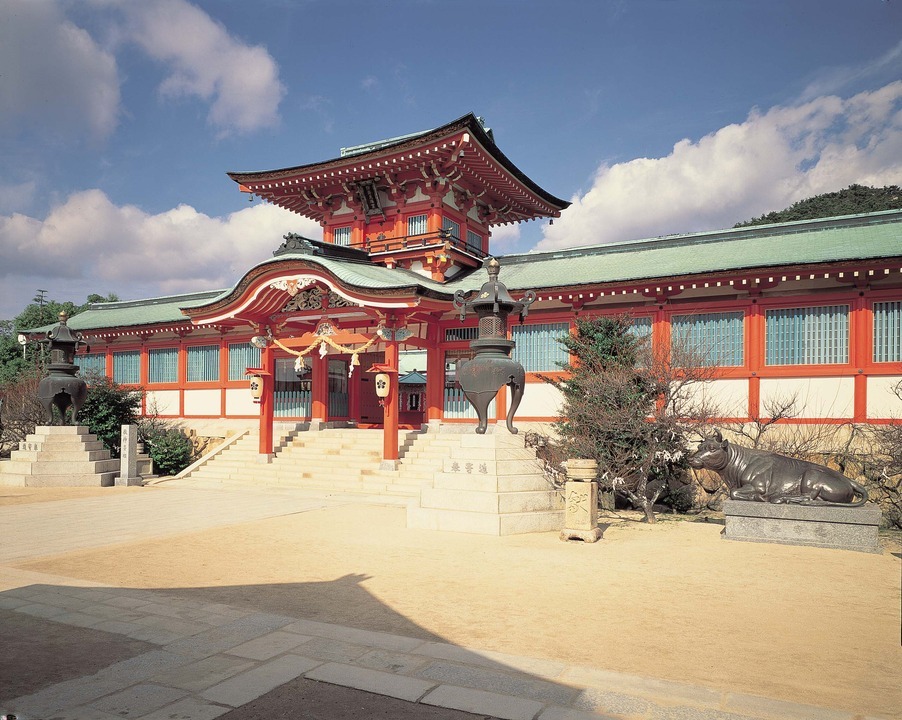
This shrine is dedicated to Michizane Sugawara, the god of academic scholarship. Together with Kitano Shrine in Kyoto and Dazaifu Shrine in Fukuoka, this is one of the three great Tenjin Shrines of Japan. Legend says that Michizane stopped at Hofu while traveling to Kyushu, and so loved the place that he promised to return here as a spirit after his death. It is said that this was the first Tenman-gu shrine in Japan, constructed in 904, the year after Michizane’s death in Kyushu.
- Access: 25 min by car
- Season: Year-round
- Location: 14-1 Matsuzaki-cho, Hofu City
- Hours: 6:30 - 20:00 Open year-round.
- Fee: Free
- Parking: Cars:Yes / Buses:Yes
- Remarks:
Mori Garden
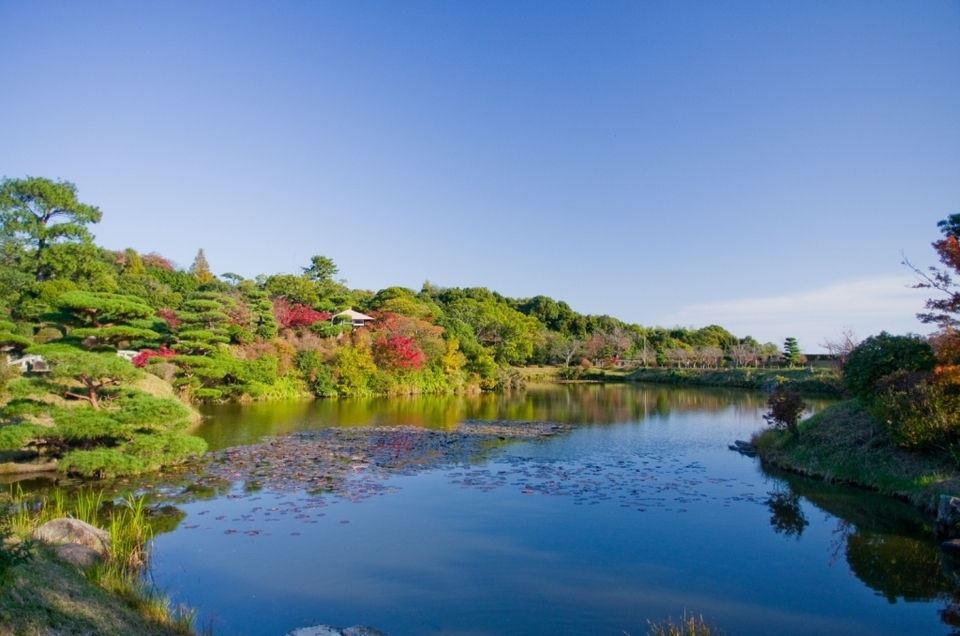
This was the residence of the Mori family, lords of the old Hagi Domain. It was completed in 1916 and is now a National Site of Scenic Beauty. The residence is an Edo-era palace, with a large structure that required all the architectural skills of the day to construct. It incorporates luxurious elegance that would be impossible to make today, including doors made from single boards of Yaku cedar. The garden is in a circuit style, with many and varied cherry trees and wisteria blooming in the spring and the splendor of maple leaves in the autumn. Visitors can enjoy rich and colorful scenery that changes with each season.
- Access: 30 min by car
- Season: Year-round
- Location: 1-15-1 Tatara, Hofu City
- Hours: 9:00 - 17:00 (Last entry 16:30) Open year-round.
- Fee: Adults: 400 yen Elementary and junior high school students: 200 yen
- Parking: Cars: Yes Buses: Yes
- Remarks:
Mori Museum
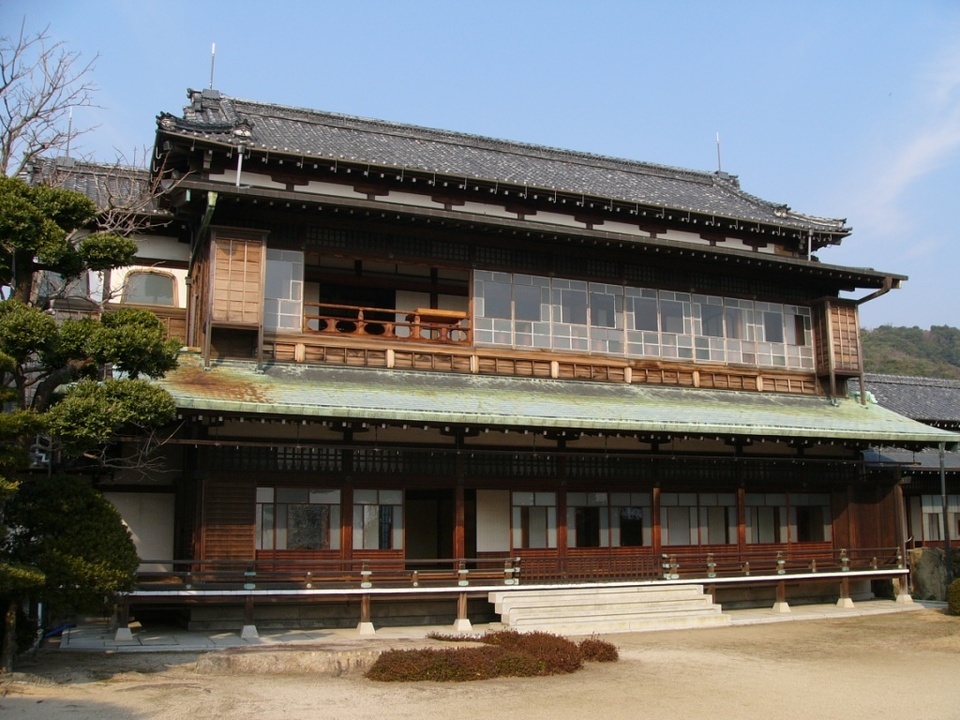
The Mori Museum was created in a part of the Mori Residence, and contains a large number of National Treasures, Important Cultural Properties, and art treasures including the ”Four Seasons Landscape View” by Sesshu. In addition to the permanent exhibition, there are also special exhibitions and planned exhibitions that focus on particular interests. Visitors can experience the ultimate in opulence surrounded by a wealth of Japanese beauty including architecture, gardens, and art.
- Access: 30 min by car
- Season: Year-round
- Location: 1-15-1 Tatara, Hofu City
- Hours: 9:00 - 17:00 (Last entry 16:30) Closed Dec. 22 - 31.
- Fee: Adults: 700 yen Elementary and junior high school students: 350 yen
- Parking: Cars: Yes Buses: Yes
- Remarks:
- Special planned exhibitions Adults: 1,000 yen Elementary and junior high school students: 500 yen.
- *Multi-facility admission tickets also available.
Rurikoji Temple 5-storyied Pagoda[A National Treasure]
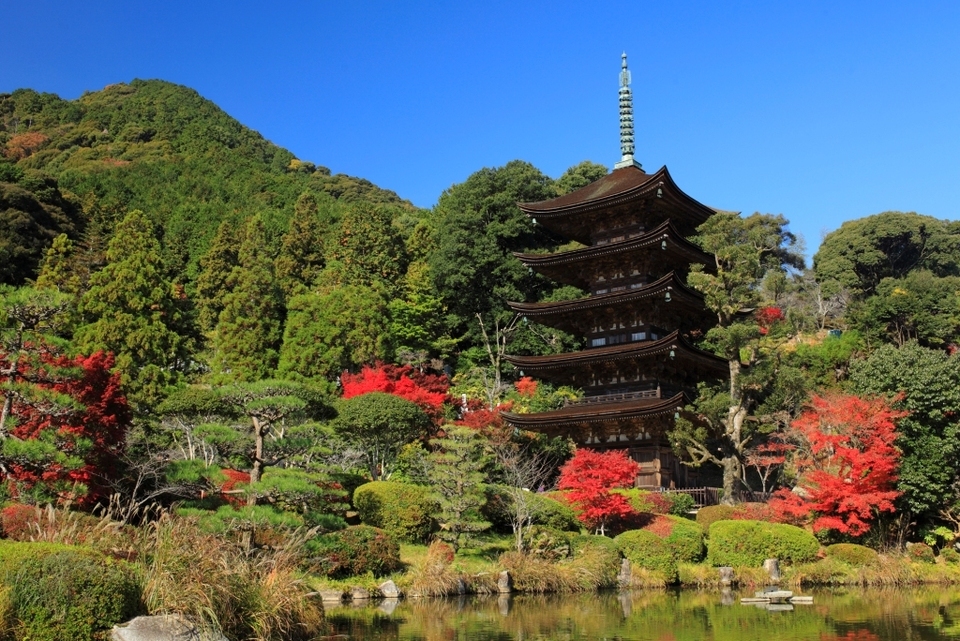
This is the 10th oldest outdoor 5-storied pagoda remaining anywhere in Japan. For its beauty, it is recognized as one of Japan’s top three pagodas, and is considered to be the pre-eminent building from the mid-Muromachi Period. Roofed with cypress bark, the pagoda presents an impressive slim, clean form. As the symbol of Yamaguchi sightseeing, the Rurikoji Temple 5-storied Pagoda expresses the elegance of Muromachi Period Ouchi culture with a mountain of cherry and maple trees in the background. The pagoda is illuminated from sundown until 22時00分, and is a spectacular sight at night as well.
- Access: 40 min by car
- Season: Year-round
- Location: 7-1 Kozan-cho, Yamaguchi City
- Hours: Can be viewed at any time. Open year-round.
- Fee: Free
- Parking: Cars: Yes Buses: Yes
- Remarks:
Events
Hofu Tenmangu Shrine Gojinko-Festival (Hadakabo Festival)
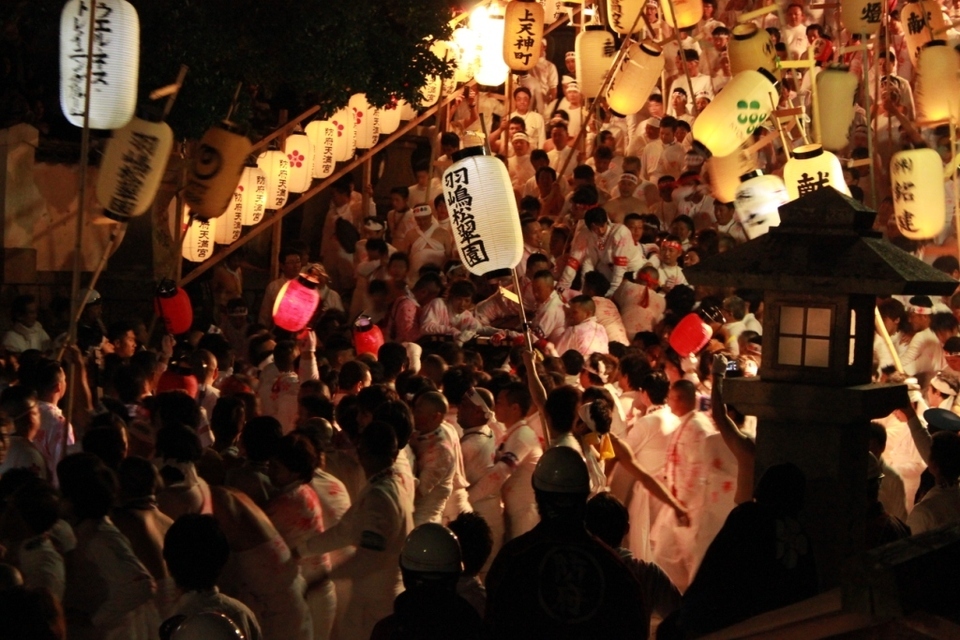
This is one of the most boisterous festivals in Japan. With shouts of ”kyodai wasshoi”, more than 5,000 half-naked men travel on a loop through the city to the main hall of Hofu Tenman-gu Shrine, filling the city with their excitement.
- Access: 25 min by car
- Season: Autumn
- Location: Area around Hofu Tenmangu Shrine
- Date: 4th Saturday in November every year

